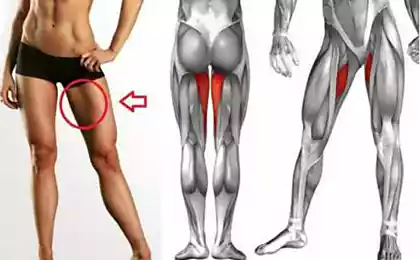239
“A Walk Between Golden Lotuses”: Terrible Facts About Why Chinese Women Disfigure Their Feet

Many have seen photos of the feet of Chinese women, specially mutilated so as to be inconceivably small in size. Why the tiny foot is so prized in China and where this strange tradition came fromSite. The origins of Chinese “foot bandages”, as well as the traditions of Chinese culture in general, go back to gray antiquity, to the 10th century. In old China, girls began to bandage their legs from the age of 4-5 years (breast babies could not yet tolerate the pain from tight bandages that maimed their feet).
As a result of these tortures, about 10 years old, the girls formed an approximately 10-centimeter “lotus leg”. After that, they began to learn the correct “adult” gait. And two or three years later, they were ready girls for extradition. Because of this, making love in China was called “a walk between golden lotuses.”
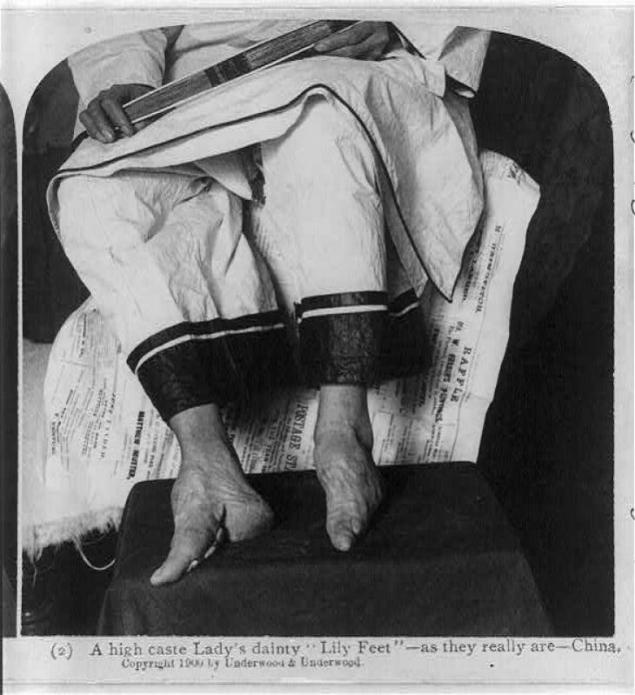
Photo source: Bigpicture. The size of the lotus leg has become an important condition for marriage. Brides with large legs were subjected to ridicule and humiliation, as they were like women from the common people who worked in the fields and could not afford the luxury of leg bandaging.

The institution of leg bandaging was regarded as necessary and beautiful, practiced for ten centuries. However, rare attempts to “liberate” the foot were made, but those who opposed the rite were white crows.

Foot bandage has become part of general psychology and popular culture. When preparing the marriage, the groom's parents first asked about the bride's foot, and only then about her face.
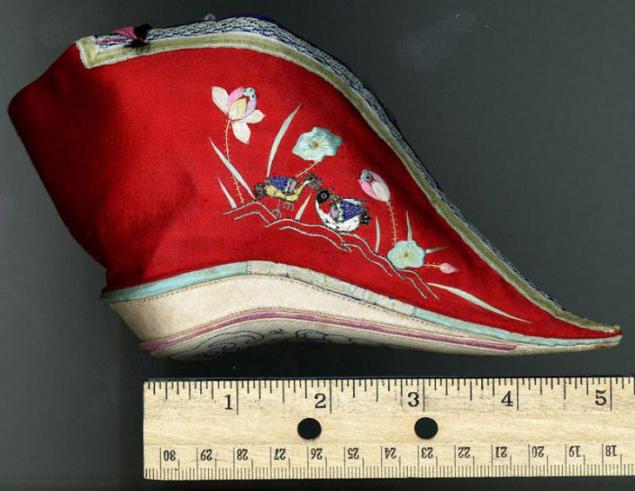
The foot was considered to be her main human quality.
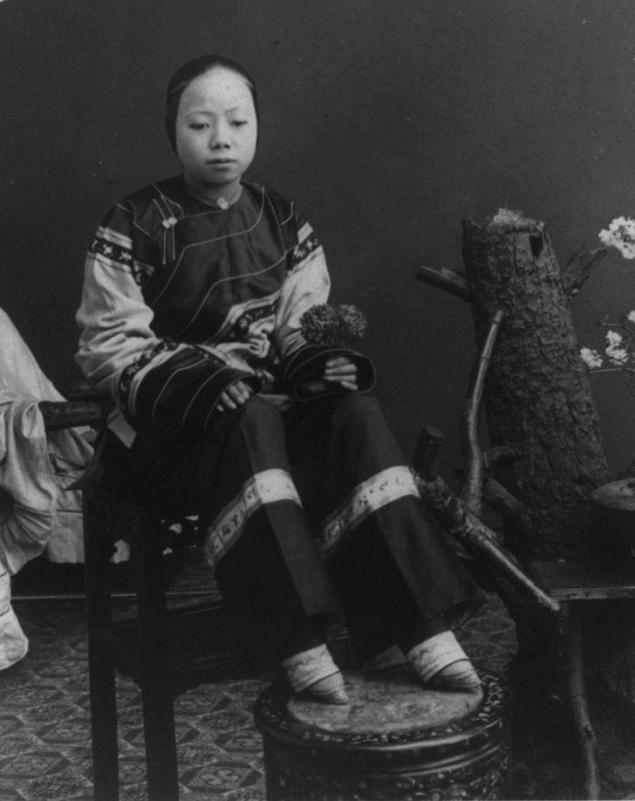
During the bandage process, mothers comforted their daughters by painting them the dazzling vistas of a marriage dependent on the beauty of a bandaged leg.

Later, one essayist, apparently a great connoisseur of the custom, described 58 varieties of legs of the “lotus woman”, each rated on a 9-point scale. For example:
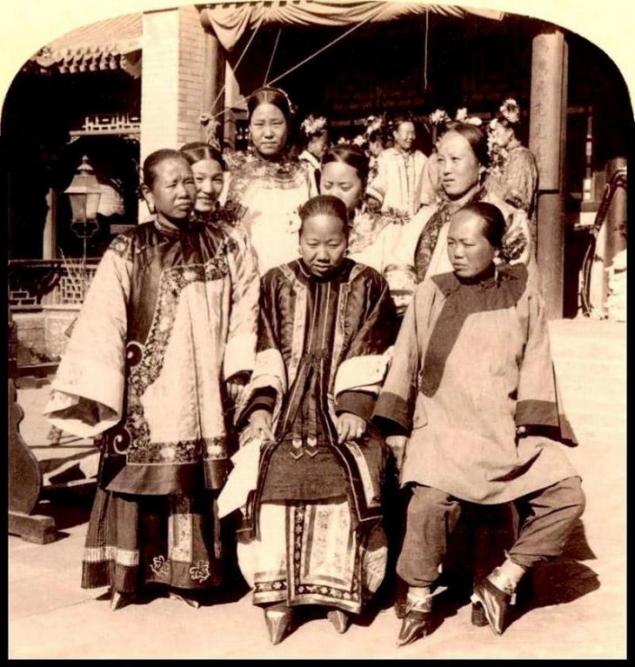
Types: Lotus petal, young moon, slender arc, bamboo shoot, Chinese chestnut.
Special characteristics: Puffiness, softness, grace.
Classifications:
Divine (A-1): Highly plump, soft and graceful.
Wonderful (A-2): weak and sophisticated.
Wrong: A monkey-like big heel that allows you to climb.
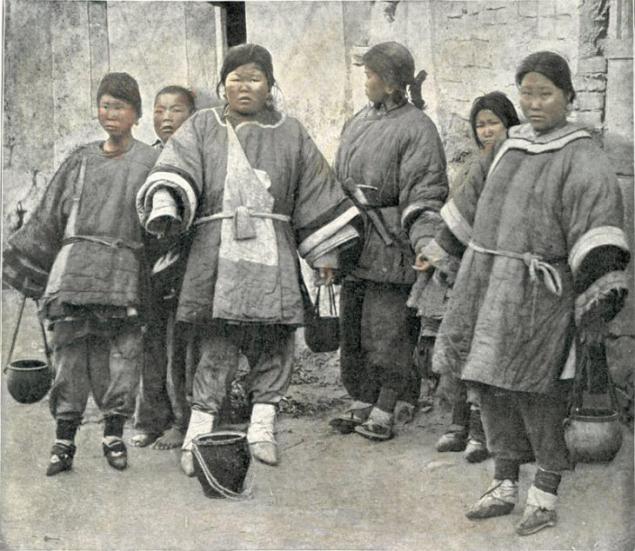
Even the owner of the Golden Lotus (A-1) could not rest on her laurels: she had to constantly and scrupulously follow etiquette, which imposed a number of taboos and restrictions:
Do not walk with your fingertips raised; do not walk with at least temporarily weakened heels; do not move your skirt when sitting; do not move your legs when resting.
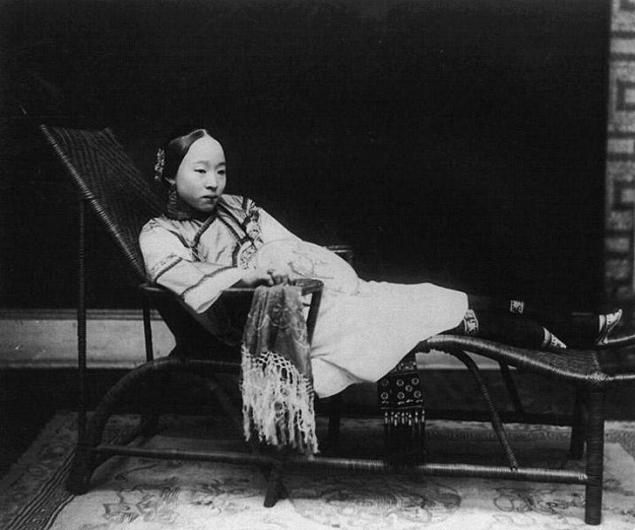
The same essayist concludes his treatise with the most reasonable (naturally for men) advice: Do not remove the bandages to look at the naked legs of a woman, be satisfied with the appearance. Your aesthetic sense will be offended if you break this rule.”

Although difficult for Europeans to imagine, the lotus leg was not only the pride of women, but also the subject of the highest aesthetic and sexual desires of Chinese men. It is known that even the fleeting appearance of a lotus leg could cause men a strong attack of sexual arousal.
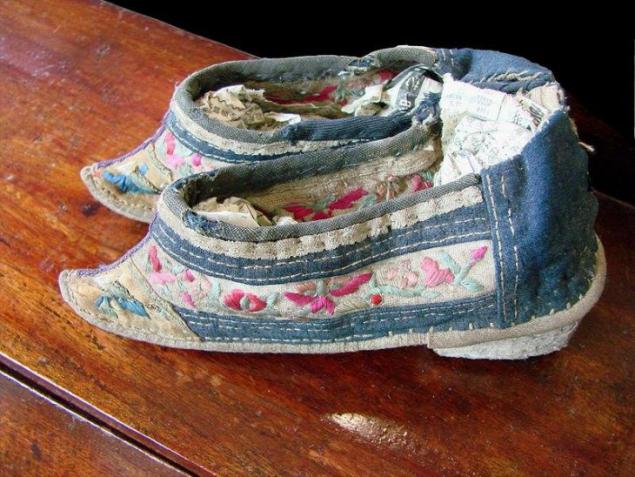
“Dressing” such a leg was the height of the sexual fantasies of ancient Chinese men. Judging by the literary canons, the ideal lotus legs were necessarily small, thin, pointed, curved, soft, symmetrical and... fragrant.
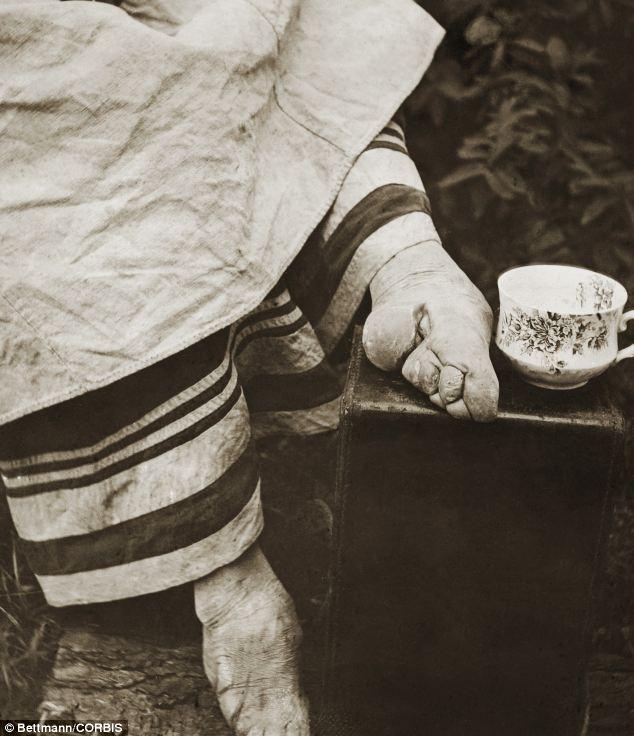
The bandage of the legs also violated the natural shape of the female body. This process led to a constant load on the hips and buttocks - they swelled, became plump (and were called by men "sweethearted").
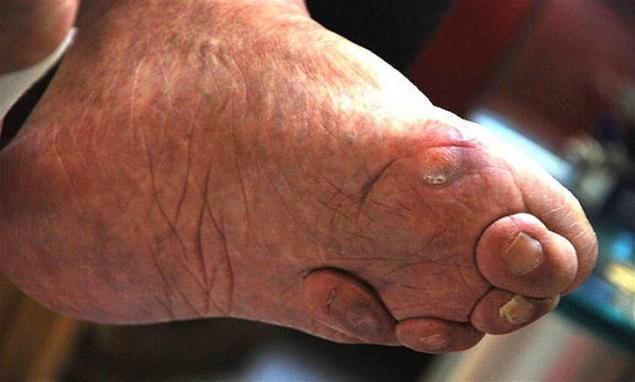
Chinese women paid a high price for beauty and sex appeal.
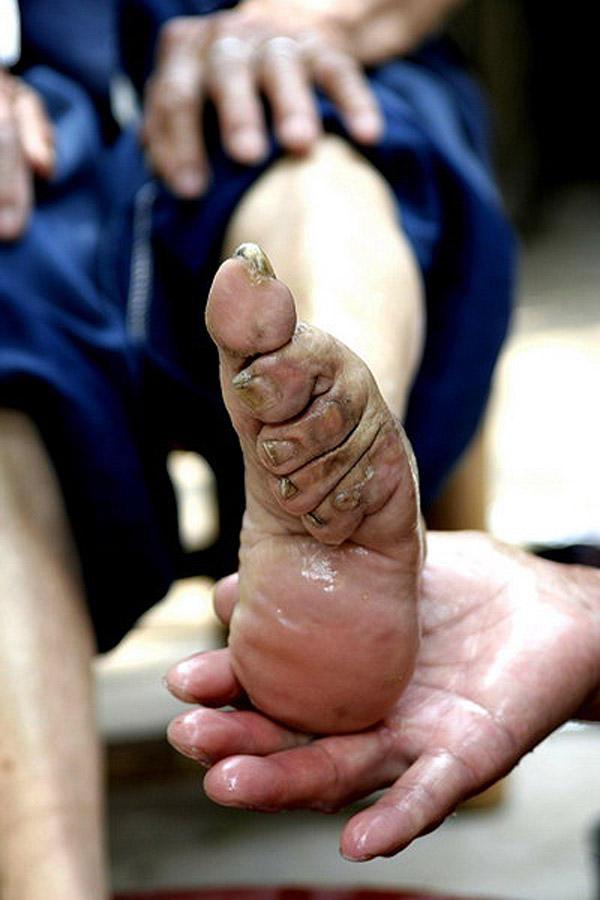
Owners of ideal legs were doomed to lifelong physical suffering and inconvenience.
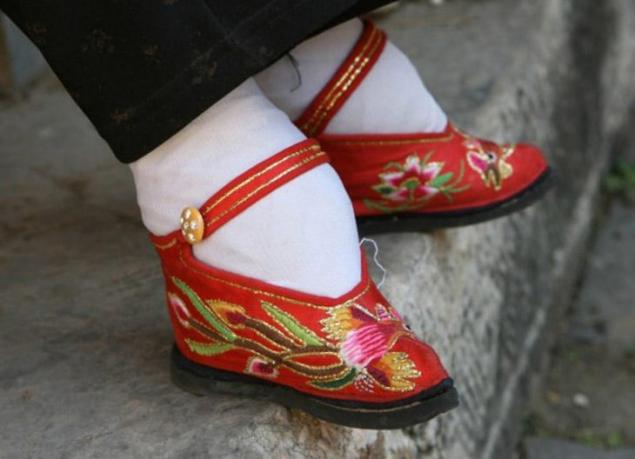
The miniature of the foot was achieved due to its severe injury.
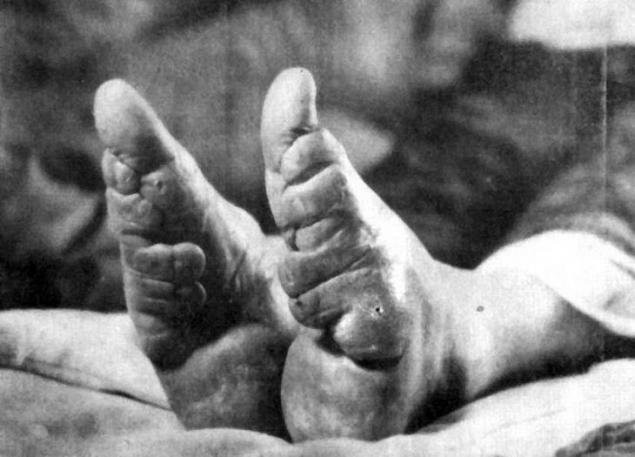
Some fashionistas, who wanted to reduce the size of their legs as much as possible, reached the level of bone-breaking in their efforts. As a result, they lost the ability to walk and stand normally.
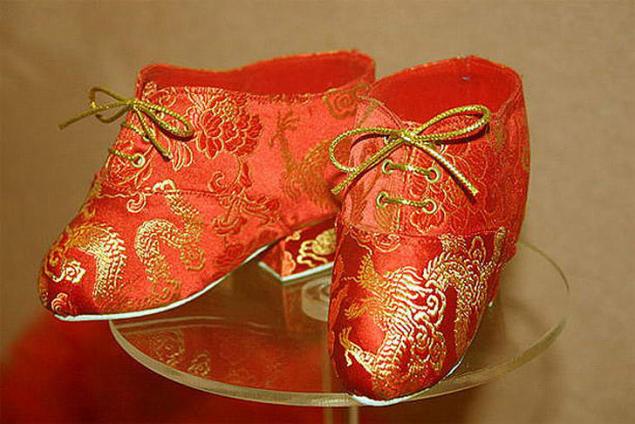
The emergence of the unique custom of bandaging women's legs is attributed to the Chinese Middle Ages, although the exact time of its origin is unknown.

According to legend, one court lady named Yu was famous for great grace and was an excellent dancer. One day she made herself shoes in the form of golden lotus flowers, the size of just a couple of tops.
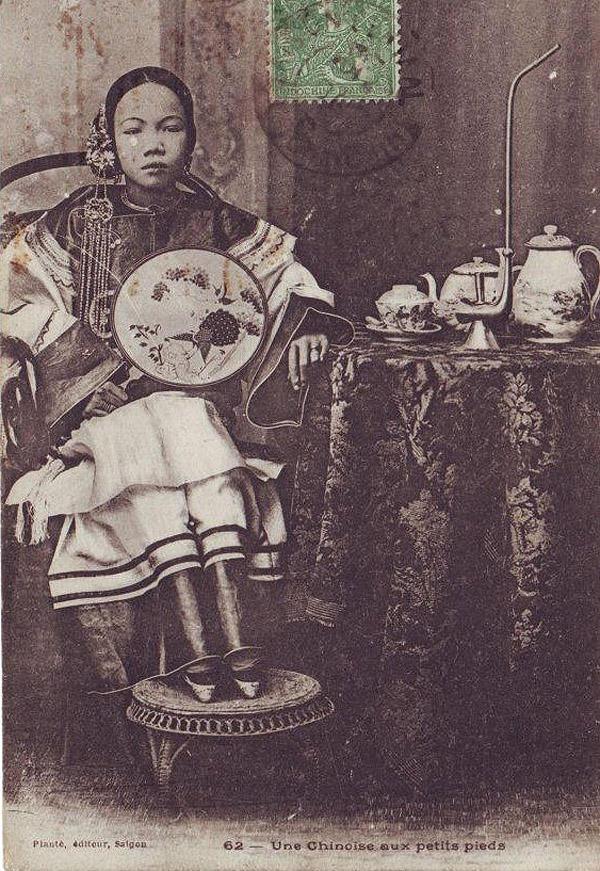
To fit into these shoes, Yu bandaged her legs with pieces of silk fabric and danced. Her small steps and swings became legendary and marked the beginning of a centuries-old tradition.

Creation with a fragile build, thin long fingers and soft palms, delicate skin and pale face with a high forehead, small ears, thin eyebrows and a small rounded mouth - this is the portrait of the classic Chinese beauty.
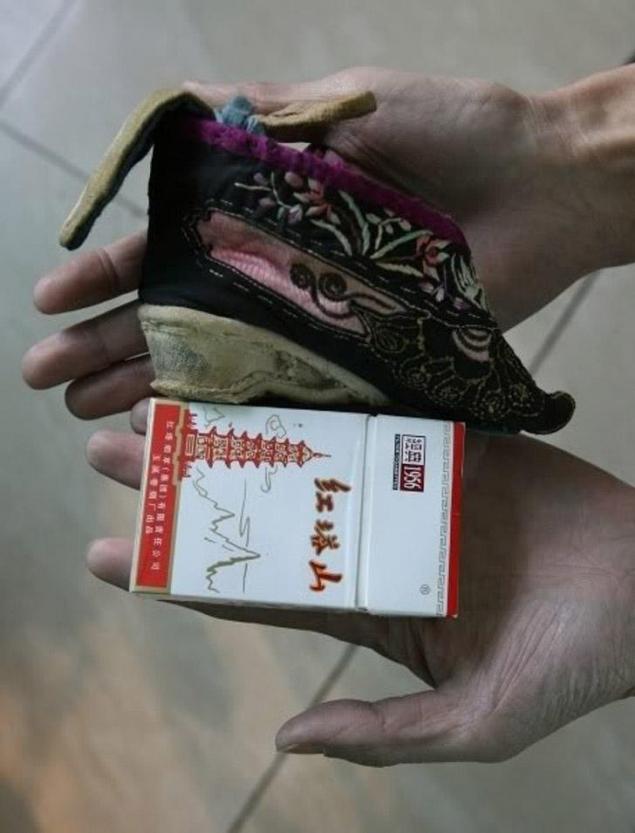
Ladies from good families shaved part of the hair on the forehead to lengthen the oval of the face, and achieved the perfect outline of the lips, applying lipstick with a mug.
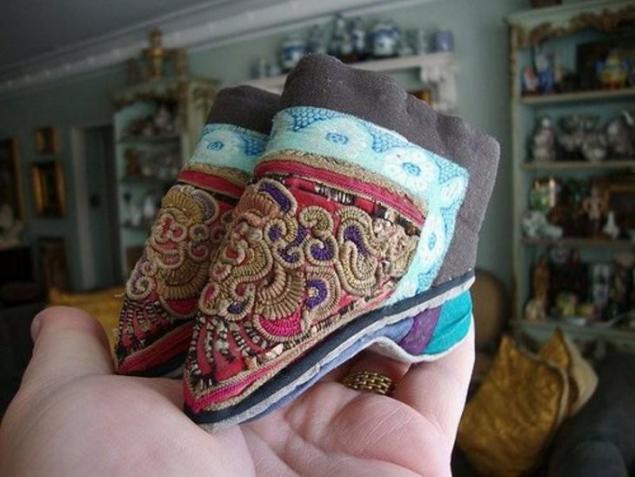
The custom prescribed that the female figure “shines with the harmony of straight lines”, and for this the girl was already at the age of 10-14 years old, her chest was tightened with a canvas bandage, a special brace or a special vest. The development of the mammary glands was suspended, the mobility of the chest and the supply of oxygen to the body were sharply limited.
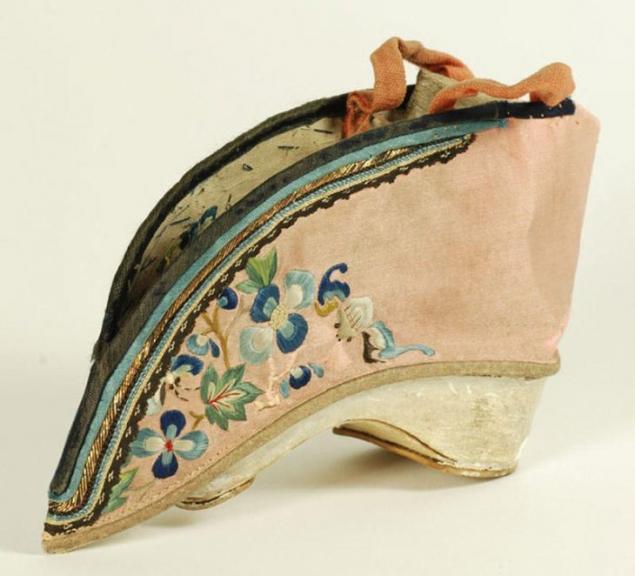
Usually, it was detrimental to the health of the woman, but she looked “pretty”. A thin waist and small legs were considered a sign of grace of the girl, and this provided her with the attention of suitors.

Sometimes the wives and daughters of wealthy Chinese people were so disfigured that they could hardly walk on their own. It is said of such women, “They are like reeds that sway from the wind.”
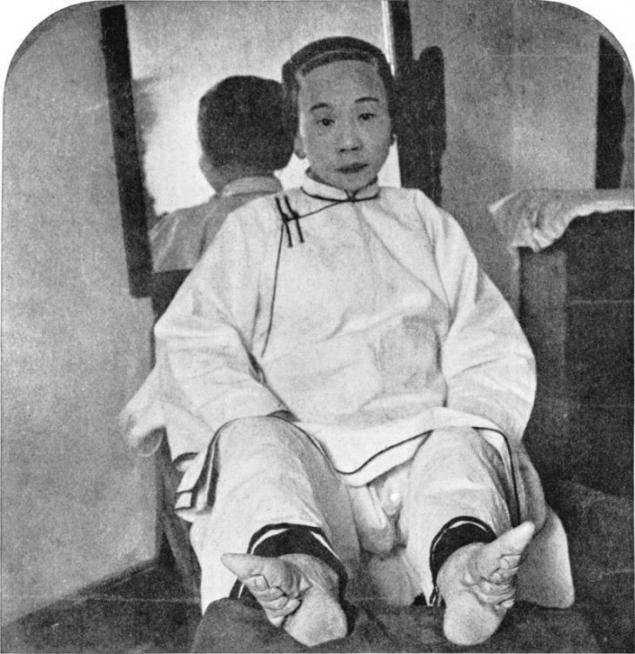
Women with such legs were carried on trolleys, carried in palanquins, or strong maids carried them on their shoulders like small children. If they tried to move, they were supported by both sides.

In 1934, an elderly Chinese woman recalled her childhood experiences:
I was born into a conservative family in Ping Xi, and I had to deal with leg bandage pain as a seven-year-old. I was an agile and cheerful child, I loved jumping, but then everything disappeared.
The older sister endured the whole process from 6 to 8 years old (which means it took two years for her foot to become less than 8 cm in size). It was the first lunar month of my seventh year of life when my ears were pierced and gold earrings put on.
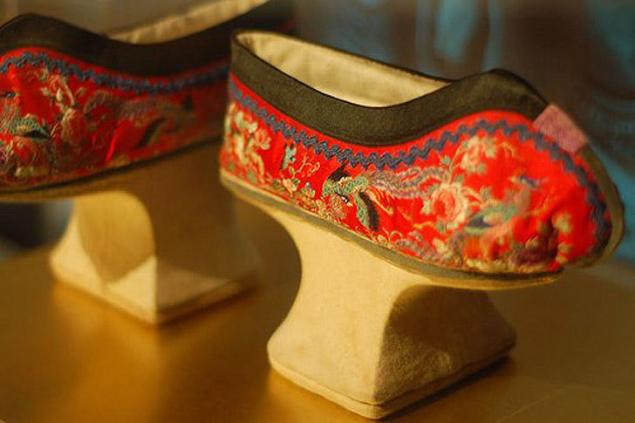
I was told that the girl had to suffer twice: when her ears were pierced and the second time when her legs were bandaged. The latter began on the second lunar month; the mother consulted on handbooks about the most suitable day.
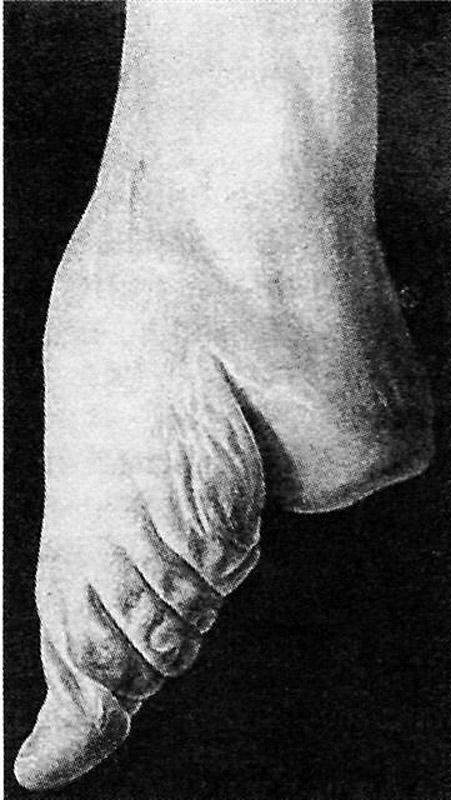
I ran away and hid in the neighbor's house, but my mother found me, picked me up and brought me home. She slammed the bedroom door behind us, boiled the water, and pulled a bandage, shoes, a knife and a needle thread out of the drawer. I begged to put it off for a day, but my mother said, 'Today is a good day.' If you bandage today, you will not hurt, and if tomorrow, you will be terribly ill.
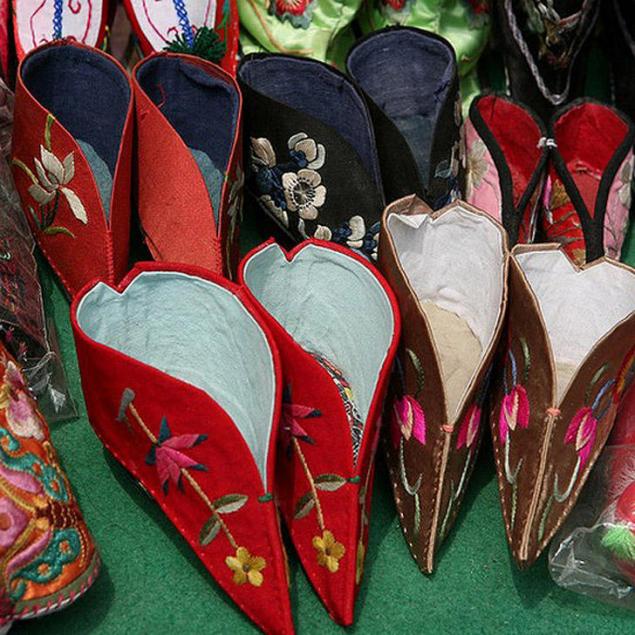
She washed my feet and applied alum and then cut my nails. Then I bent my fingers and tied them with matter three meters long and five centimeters wide - first my right leg, then my left. After it was over, she ordered me to walk, but when I tried, the pain seemed unbearable.
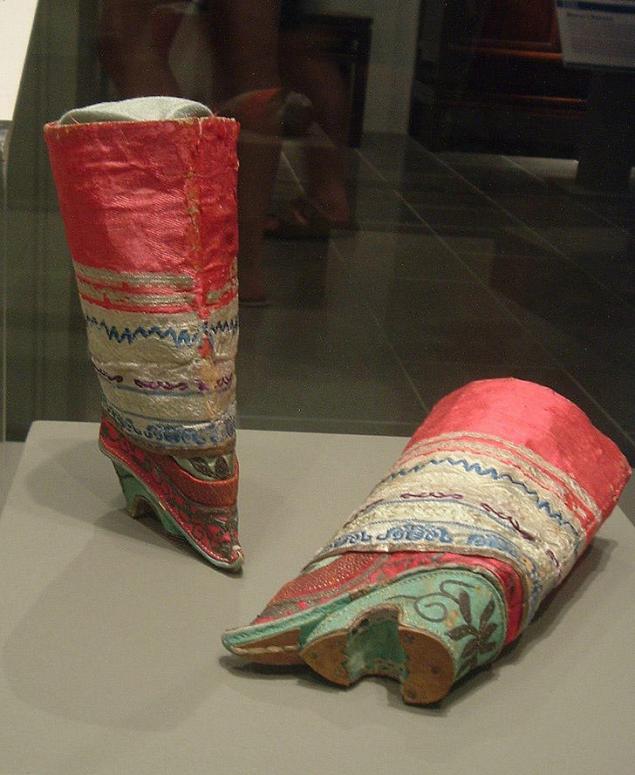
That night my mother told me not to take off my shoes. I felt like my feet were burning and I couldn’t sleep. I cried and my mother beat me.
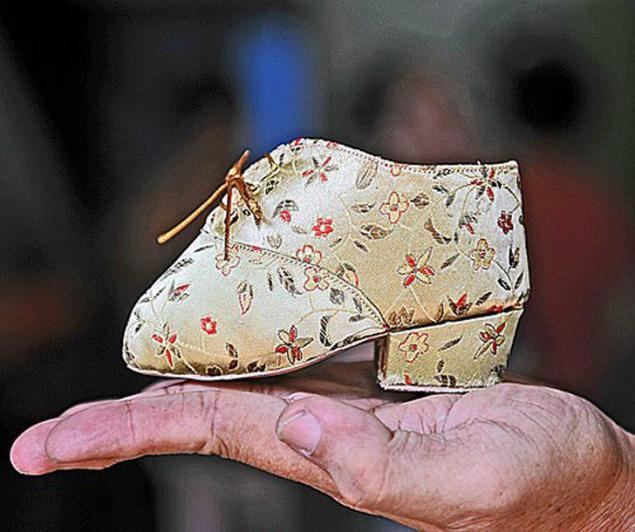
In the following days I tried to hide, but I was forced to walk again. For resistance, my mother beat me in the arms and legs. Beatings and swearing followed the covert removal of the bandages. After three or four days, the feet were washed and added alum. After a few months, all but my big fingers were bent and when I ate meat or fish, my legs swelled and festered.

My mother scolded me for focusing on my heel when walking, claiming that my foot would never be beautiful. She never allowed the dressings to be changed and the blood and pus wiped, believing that when all the meat disappeared from my foot, it would be graceful. If I picked the wound by mistake, the blood flowed in a stream. My big toes, once strong, flexible and plump, were now wrapped in small pieces of matter and stretched out to give them the shape of a young moon.
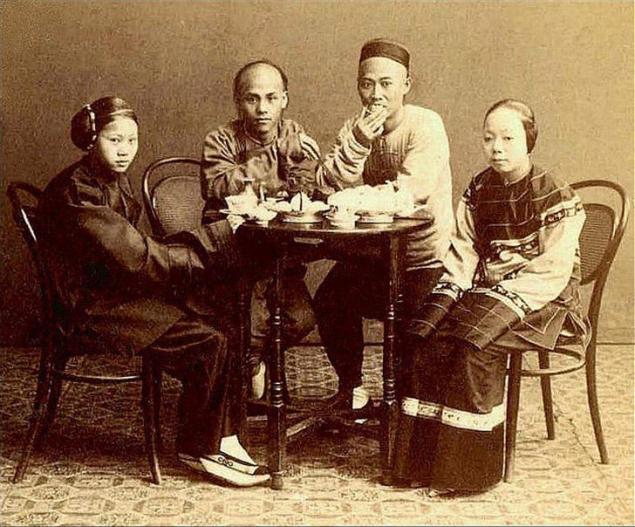
I changed my shoes every two weeks, and the new pair had to be 3-4 millimeters smaller than the previous one. The shoes were tough, and it took a lot of effort to get into them. When I wanted to sit quietly by the stove, my mother made me walk. After changing more than 10 pairs of shoes, my foot shrank to 10cm. I had been wearing armbands for a month when the same ceremony was performed with my younger sister. When no one was around, we could cry together.
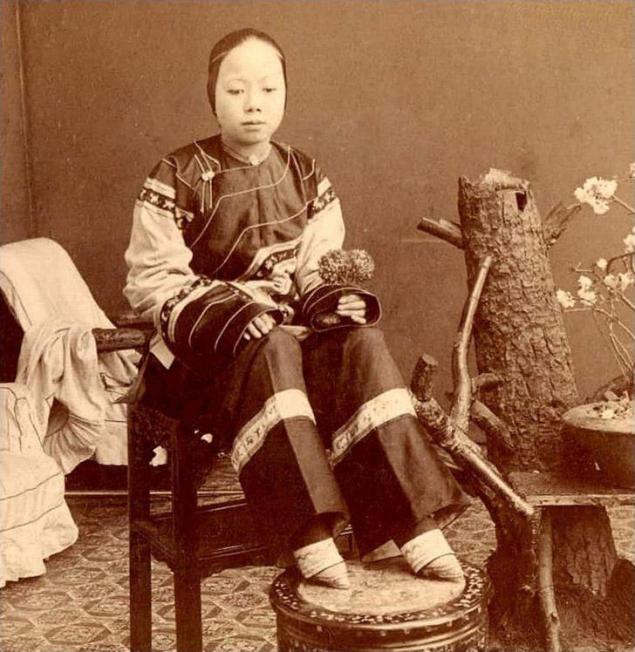
In summer, my feet smelled terrible because of blood and pus, in winter they were cold because of insufficient blood circulation, and when I sat near the stove, I was sick from warm air. The four fingers on each leg curled up like dead caterpillars; hardly any stranger could have imagined that they belonged to a man. It took me two years to reach the eight-centimeter size of my leg.
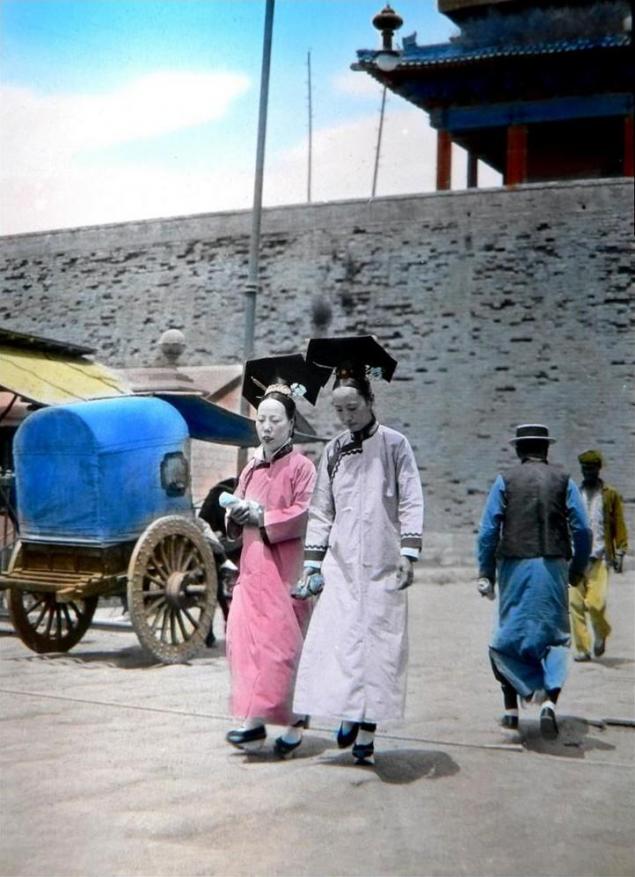
The toenails grew into the skin. A heavily bent sole could not be scratched. If she was sick, it was difficult to reach the right place, if only to stroke it. My legs weakened, my feet became twisted, ugly and smelled unpleasant. How I envied girls who had a natural shape!
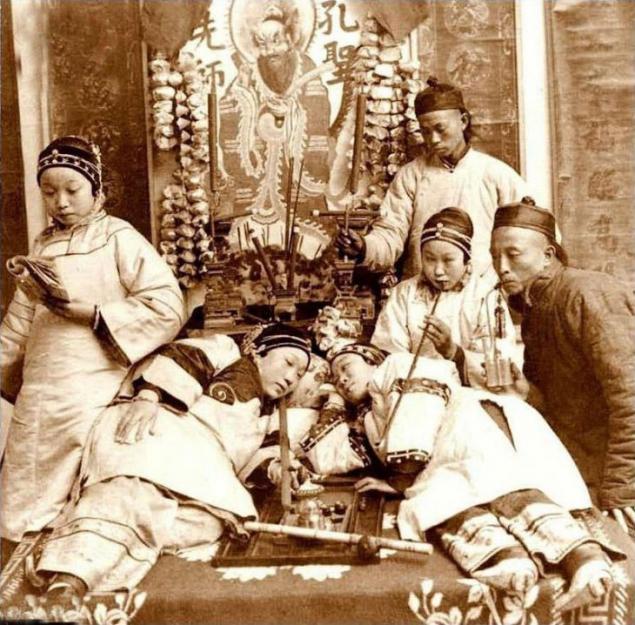
“A stepmother or aunt was much more rigid when bandaging her legs than her own mother. There is a description of an old man who took pleasure in hearing his daughters cry while wearing bandages.
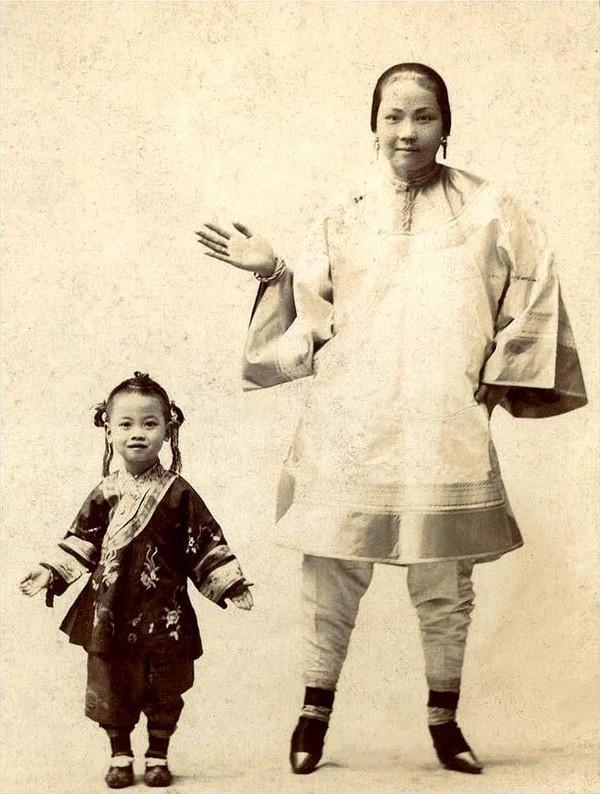
Everyone in the house had to go through this ritual. The first wife and concubines had the right to indulgence, and for them it was not such a terrible event. They applied the bandage once in the morning, once in the evening and again before going to bed. The husband and first wife strictly checked the bandage's density, and those who loosened it were beaten.
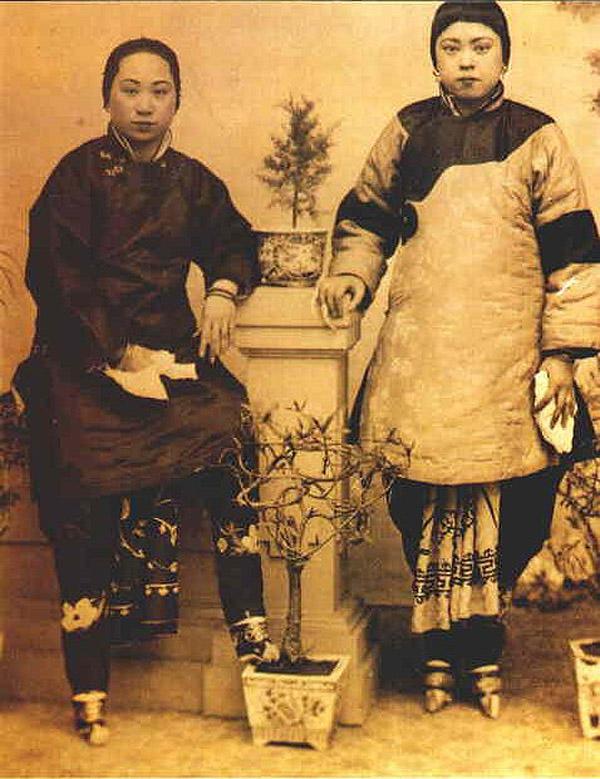
The sleeping shoes were so small that the women asked the landlord to rub their feet to bring some relief. Another rich man was famous for seizing his concubines on their tiny feet until blood appeared.”
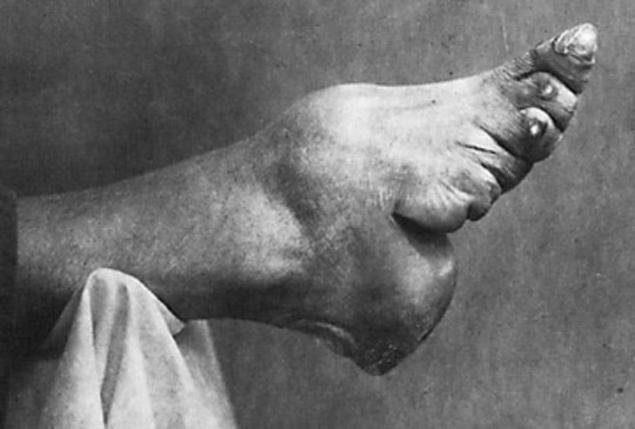
The sexuality of the bandage leg was based on its stealth from the eye and on the mystery surrounding its development and care. When the bandages were removed, the legs were washed in a boudoir in the strictest secrecy. The frequency of ablution ranged from once a week to once a year. After that, alum and perfumes with various aromas were used, calluses and nails were processed.
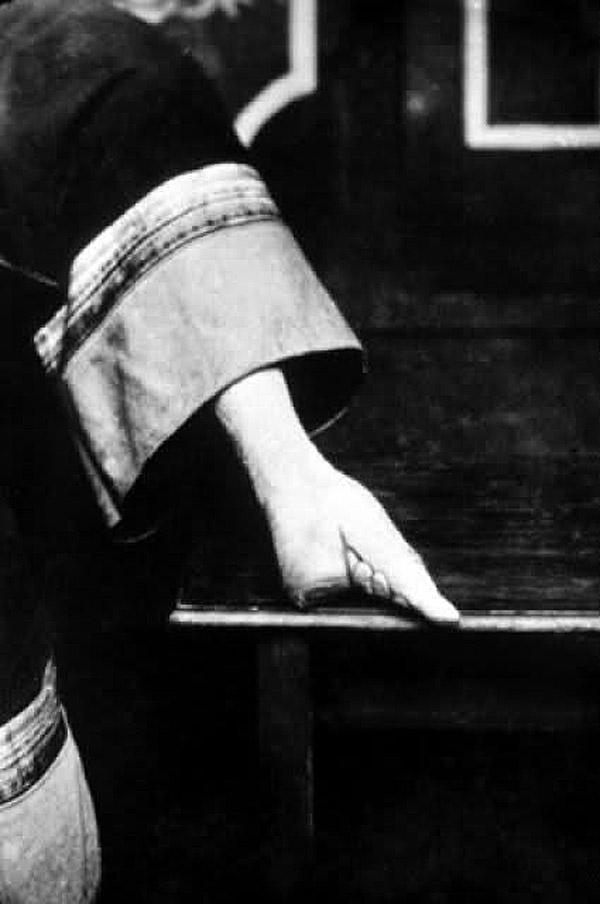
The process of washing helped restore blood circulation. Figuratively speaking, the mummy was unwrapped, wizarded over it and wrapped again, adding even more preservatives.
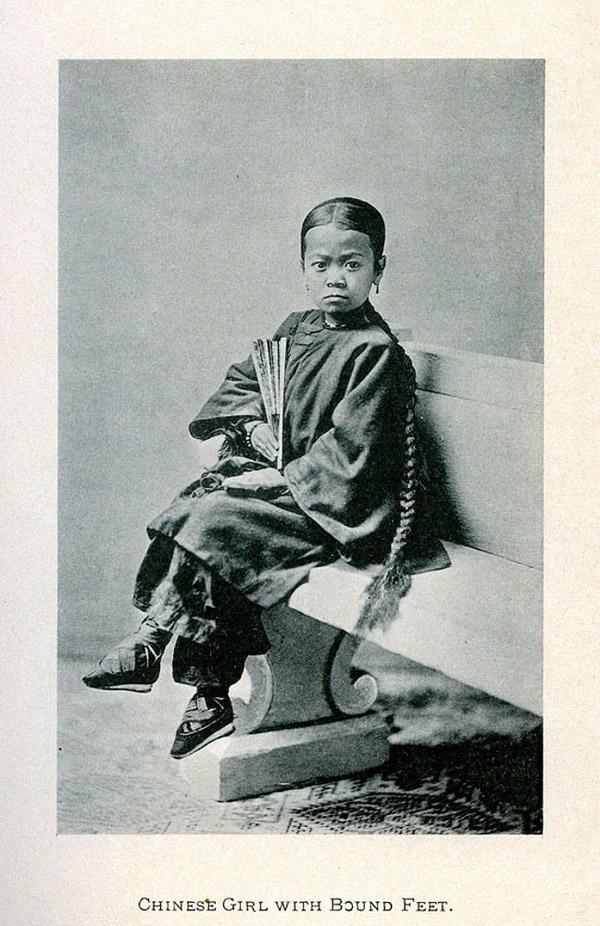
The rest of the body was never washed at the same time as the foot for fear of turning into a pig in the next life. Well-bred women could die of shame if men saw the process of washing their feet. This is understandable: the smelly decaying flesh of the foot would be an unpleasant discovery for an unexpected man and would offend his aesthetic sense.
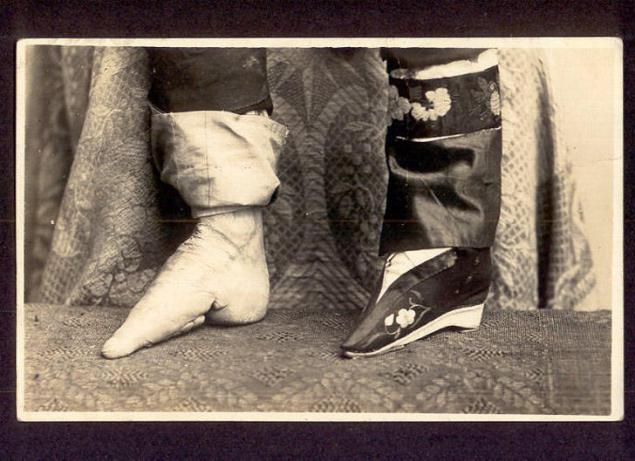
In the 18th century, Parisians copied “lotus shoes”, they were in drawings on Chinese porcelain, furniture and other trinkets of the fashionable style of “chinoisri”.
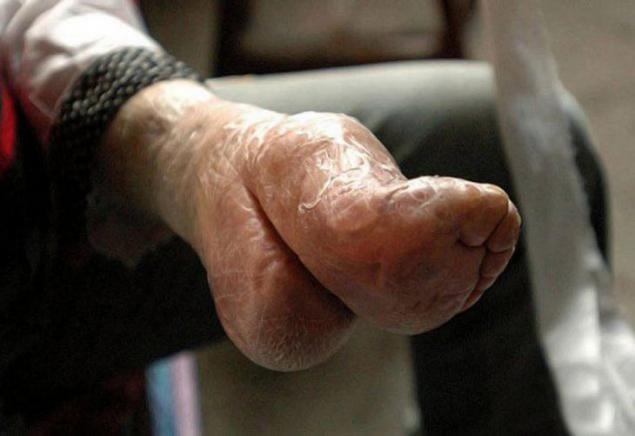
Amazingly, the Parisian designers of modern times, who invented sharp-nosed women’s shoes with high heels, referred to them as “Chinese shoes”.
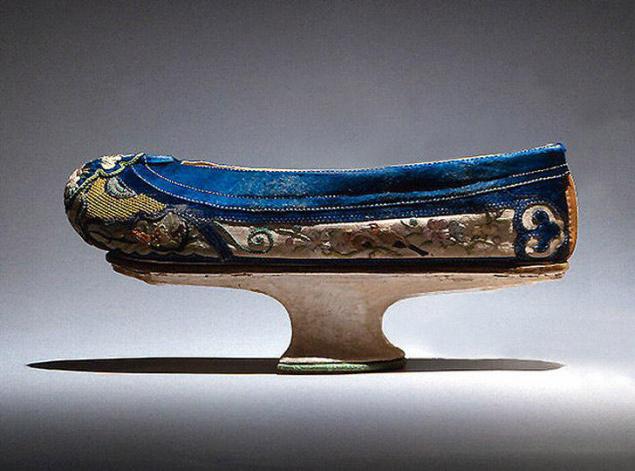
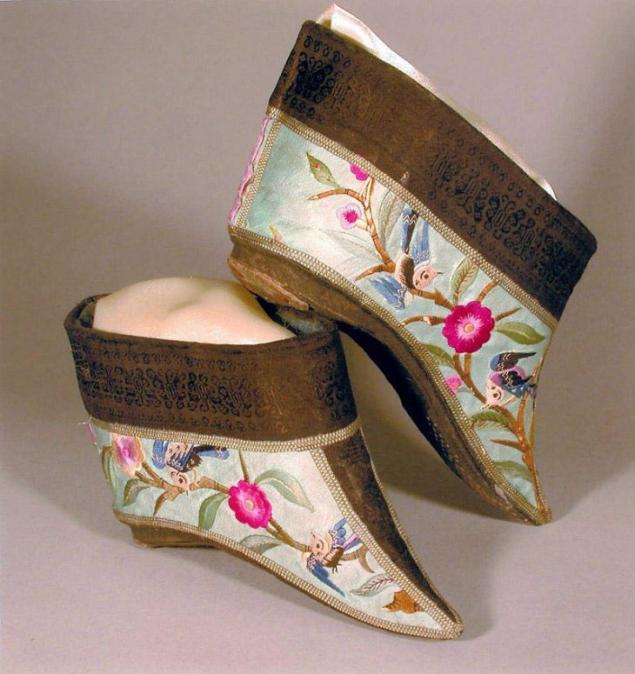
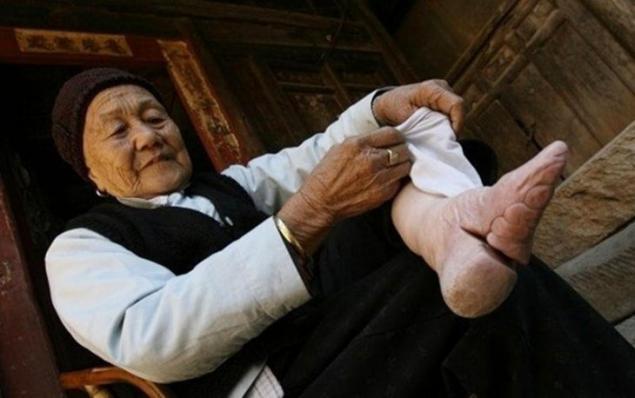
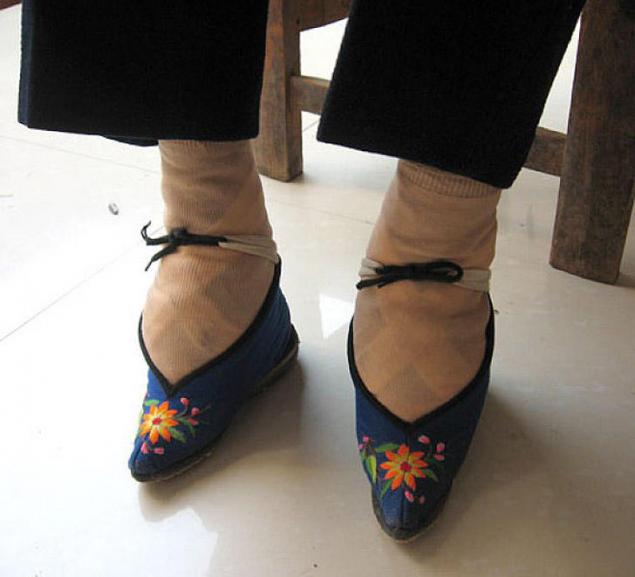
In order to feel at least approximately what it is:
- Take a piece of matter about three meters long and five centimeters wide.
- Take a pair of baby shoes.
- Bend your toes, except for the big one, inside the foot. Wrap your fingers first and then your heel. Keep your heel and fingers as close to each other as possible. Tightly wrap the remaining matter around the foot. Put your foot in your baby shoes.
- Try taking a walk.
- Imagine that you are five years old...
- And that you will have to walk this way for the rest of your life.
via bigpicture.ru ? p=482320
Here are some amazing shots you can do, if properly used shadow when photographing!
Still 20 anecdotes shoby you have ceased to have this languid face and laughed!






















